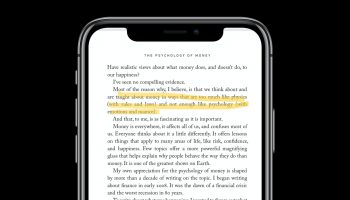An vital skill for field research is the ability to write a narrative essay. It offers your experience and lets the reader develop their own conclusions, as opposed to summarizing the information for them. Instead of hammering the reader with arguments like a rhetorical essay would or giving a detailed analysis like a critical essay would, the narrative essay subtly guides the reader toward its intended meaning.
These fundamental principles can help you write a better narrative essay.
1. Discretion
Avoid using words and phrases that make it difficult to understand what you’re saying. Sentences and paragraphs should be neatly divided into different ideas.
Because of the types of individuals who attend best essay writing service, even though I had never been to the races before, I was both very eager to see them and a little anxious as well.
I had never attended a horse racing. I was eager to go, but I was also a little uneasy because I didn’t know what to expect from the others on the track.
2. Avoid describing every single movement you make.
I noticed a TV as I turned to enter the room. I noticed posters on the walls when I turned to look. I became aware that everyone was watching M*A*S*H when I entered.
The posters on the wall caught my attention right away, even though everyone else was looking at the TV that was playing M*A*S*H.
 3. Avoid writing in the second person.
3. Avoid writing in the second person.
The fact that the author personally experienced the events being described is a crucial component of the narrative essay.
A TV will be visible as you turn as you enter the building, for instance. You see posters on the walls as you glance around. You see that everyone is watching M*A*S*H as you go around the room.
Yet, it is acceptable to write in the present tense.
4. Using words that are interesting to read is essential.
Try not to sound too academic. Employ the same colloquialisms, idioms, and expressions that you would in conversation. Avoid using passive verbs.
An assortment of disturbing images of victims of car accidents was displayed to me, for instance.
Better: They showed me a book filled with graphic images of victims of car accidents.
5. Be aware of references
Citations in the text are advised by MLA format, although they are disruptive in a narrative essay. Cite any useful sources in a list of “Works Consulted” that follows the essay. Instead of trying to bring your reader back to a previous point, explain yourself as you go.
Example: I thought, “Lord, what fools these mortals be” when I first saw the comic book fanatics jumping around (Gaiman 1989.) Later, I found out why they do this.
Better: The crowd cheers and sways. I was curious as to what they were doing when I first saw this, and in my mind I immediately thought of a Shakespearean line that Neil Gaiman used in “Sandman,” “Oh, what idiots these mortals were.” I continued to watch, though, and saw the corporate spokesmodels were handing out free goods. The convention day was one that the fans intended to make the most of.
Because it lets readers to come to their own conclusions, the narrative essay is an useful rhetorical device. But, falling into the aforementioned pitfalls renders it ineffective. Avoiding these mistakes will allow you to quietly steer your reader in the right direction.






